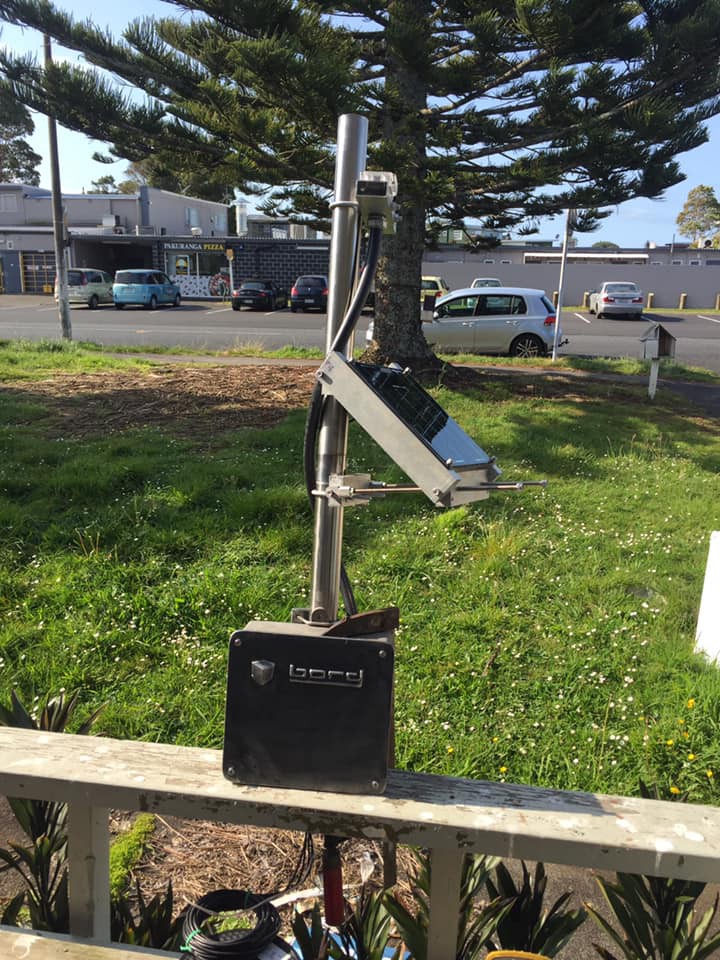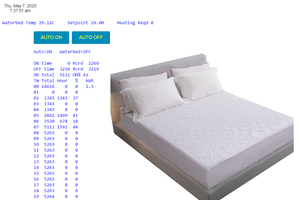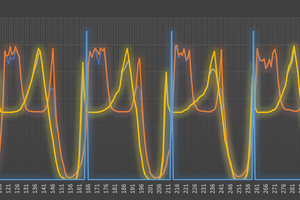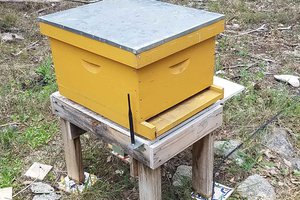
Working on this unit has presented a few interesting challenges, the stainless shaft splits in to two pieces. These are the bore hole drill shafts. basically you start drilling the hole and add on another section when you get deep enough then continue drilling.
These are the top sections, the 40 sensors drop out the bottom and run down the inside of the bore hole.
At the top there is a WiFi antenna and an Iridium Satellite antenna for sending data back to the real world.
The system will be mounted near the top of Mt Erebus, The temperature sensors log at an interval that can be set, There are several modes of operation that can also be set either by changing the settings on the SD card or via the sat link
Mode 0 is the initial config mode, it gets the time and signal strength from the Iridium link checks the config file and proceeds to mode 1.
Mode 1 logs data at intervals set by the user, dumps it to an SD card then goes back to sleep. Every day it checks to see if there is a previous log and either calculates a percentage difference between the sensor readings or calculates the averages of the readings and sends them back to the real world via the sat link.
I would have loved to have sent back the data real time however at a cost of about 18 cents per message over a year this is going to get expensive.
Mode 2 can be set if someone is going up the mountain or may be within the wifi converge range of the system.
It puts the unit in to WiF Passive Scan mode so as to save power, if it sees and authorized MAC address of a WiFi device it then fires up an AP and Web service. The user then can connect via WiFi and collect the data logs as well as delete/flush the old logs.
Once the user disconnects the unit goes back in to scan mode to save power with a scan time of 3 minutes and a sleep time in between scans so as to preserve power.
I managed to get the average power consumption down to 1 milliamp with a few peaks of 320 milliamp's when its doing a full transmission cycle.
Given the cold environment it will be interesting to see how long the batteries last in a real world environment.
Power is supplied from 2 X 12AH AGM batteries and topped up using a small solar panel. there is also a set of 3 LiPo cells deep inside the unit connected to the ESP32.
 Boris van Galvin
Boris van Galvin



 Simon Merrett
Simon Merrett
 Noah
Noah
 sparks.ron
sparks.ron
Looking forward to seeing the details on this one. Going to Antarctica is a bucket list trip for me. Having hardware installed there would be a good substitute.